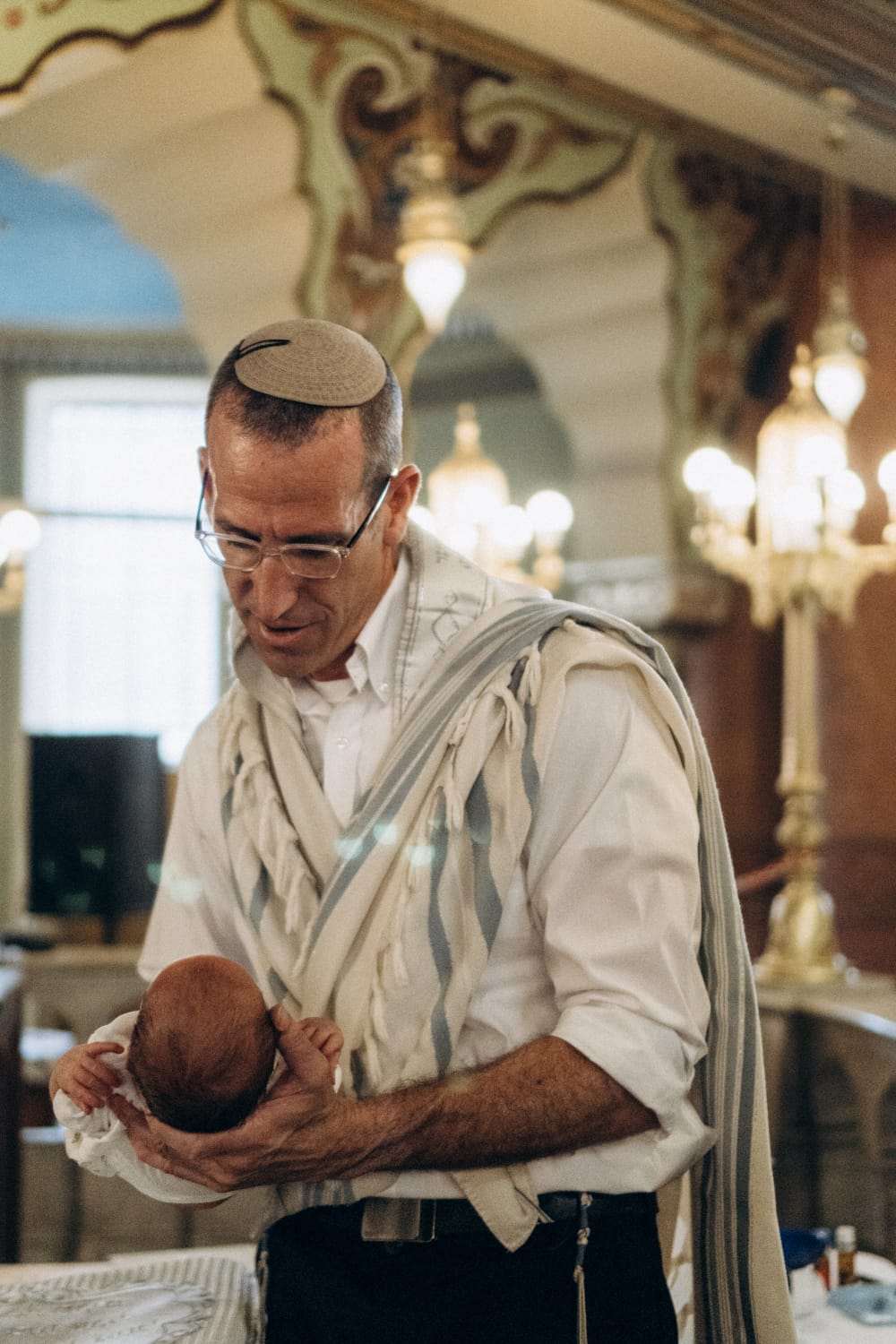Blood On All Our Hands
- Hayim Leiter
- May 26, 2018
- 1 min read
Updated: May 30, 2024

Photo by Akira Hojo on Unsplash
Last week, a baby almost died as a result of his Brit Milah. As one news report describes, just after the Bris ended in Kfar Yona, the parents noticed some bleeding and sent a picture to the mohel. He insisted that everything was all right and that he’d return momentarily to rebandage the child, which he did. The bleeding continued for another half an hour, but the mohel continued to insist that there was nothing to worry about. At 1:30 in the morning, the parents opened the baby’s diaper to find it saturated with blood. They sent the mohel a picture this time, but he did not answer. When the family arrived at the emergency room, they learned that their child had lost two-thirds of his blood and doctors said if they had waited any longer the boy would surely have died.
To continue reading click here



Comments